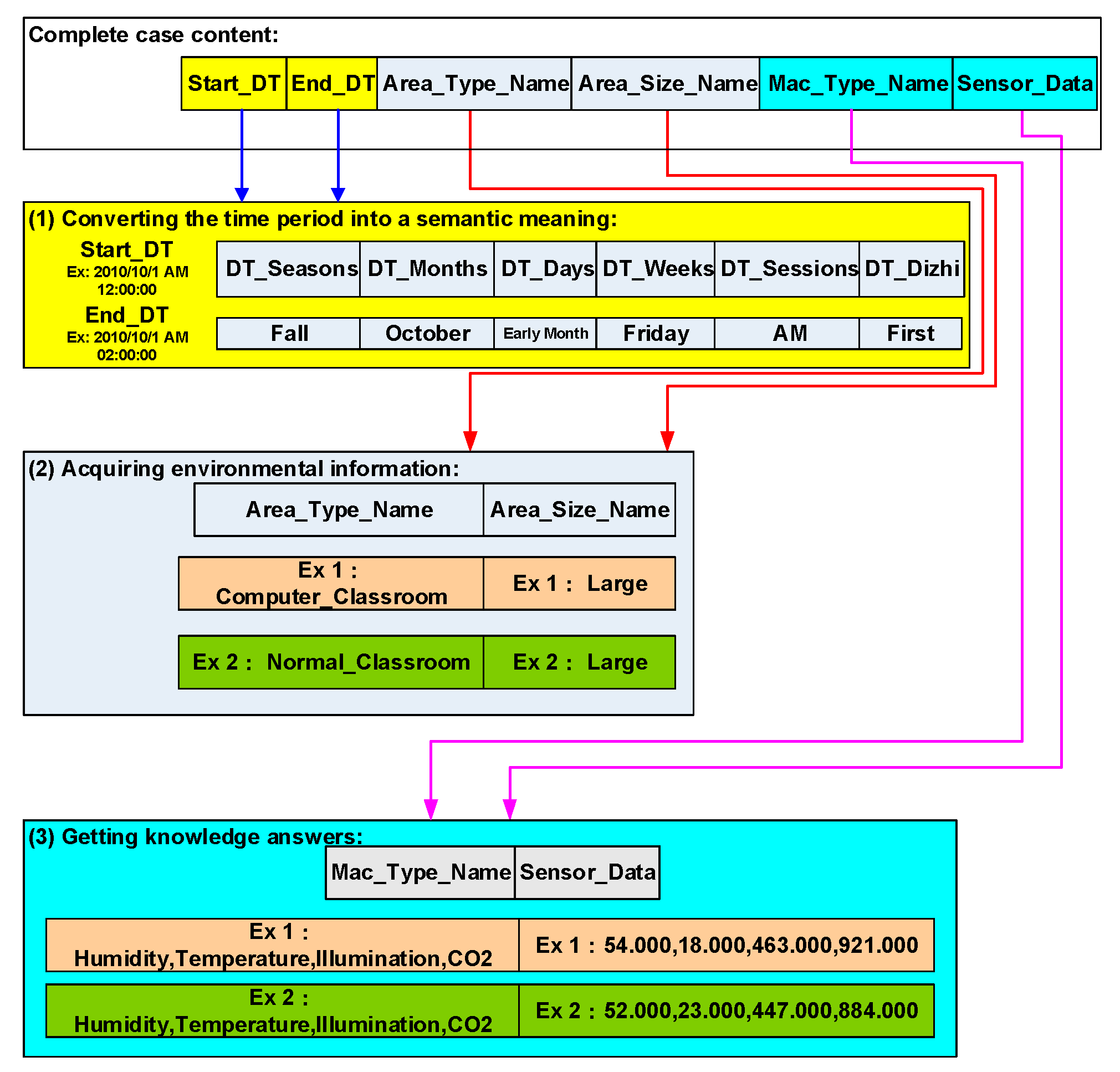

If you drag this word to a menu bar, Word Complete will appear on the menu bar. For instance, under the Edit category, one of the options is Word Complete. Each time you click a menu title under category, all the options on that menu are displayed in the Commands window.
#Jcreator for mac full#
The icon that looks like a TV (the fifth one going from left to right), toggles full screen mode on and off for the file view.Ĭlick Configure and then Customize and click the Commands folder. The package view displays in tree form the packages being used.

The icon to the right of the file-view icon toggles this screen. The class view displays the classes in your program. You can have thisview occupy the full width of the screen by clicking the left-most icon on the third menu bar.Ĭlicking the icon again restores this window to it's original size. The file view shows the program being written. There are three different views displayed in JCreator. To see the white spaces in your program appear as dots, click the a.b icon on the extreem right of the second menu bar.

If it has more than one project, go to Project/ Set Active Project and select the appropriate project. To obtain a project written in the past, go to File/Open Workspace and click the desired workspace. To run an applet, first compile it and then execute the html file. If you write another applet in the project, you may change the executing statement in the HTML file and substitute the name of your new applet. JCreator will also generate an HTML file. After you follow the steps indicated in the first paragraph and close by clicking on OK, JCreator will create a Java program template with the name of the project, and as in the case of an application, it will create a subdirectory with the same name as the project. To write a Java applet, create a new project and in the New window click the Basic Java Applet icon in the Projects folder. If you want to create a new project and add it to an existing workspace, follow the description in the first paragraph but this time click Add To Current Workspace. Now, when you create a new project, the Ed's Template icon will appear in the New Projects window. Then copy Project_Name from directory Template_1 to Template_3 and change the file to meet your needs. On the line that contains, erase what follows and type the title you wish describe your icon, for instance, Ed's Template. Using your favorite editor, go to JCreator/Templates/Template_3 and open the Setup program. If you are more adventurous, you can keep the JCreator application template and have JCreator generate your own icon and corresponding template. Now when JCreator produces a template for an application, it will be your customized template. Change the file to suit your needs and save it. Then in the File name slot, type *.* and click on Project_Name.Java. If you want to create your own template for an application, use Notepad or your favorite editor and open the directory JCreator/Templates/Template_1. Compile your program by clicking Compile File run it by clicking Execute File, both of these options are on the Build menu.
#Jcreator for mac how to#
Below, we will describe how to run an applet but for now we describe how to process applications. To do this, go to File/New, click Java File, fill in your file name in the Filename slot and make sure the Add To Project button is clicked. Unfortunately, the template for an application does not meet out purposes, so we suggest your creating your own program instead.
#Jcreator for mac windows#
JCreator will create a Windows subdirectory with the same name as your project and generate a template for a Java program with that name. Finally, indicate whether you want the project to contain an application or applet by clicking the appropriate icon, Basic Java Application or Basic Java Applet. In the slot labelled Project Name: type your project name. In the slot labeled Location: browse for the directory you wish to place your project. To create a new workspace, click Create a new workspace. This is done by clicking on Project/New Project. The most efficient way of running a program is to create a workspace and then create a project in the workspace.


 0 kommentar(er)
0 kommentar(er)
